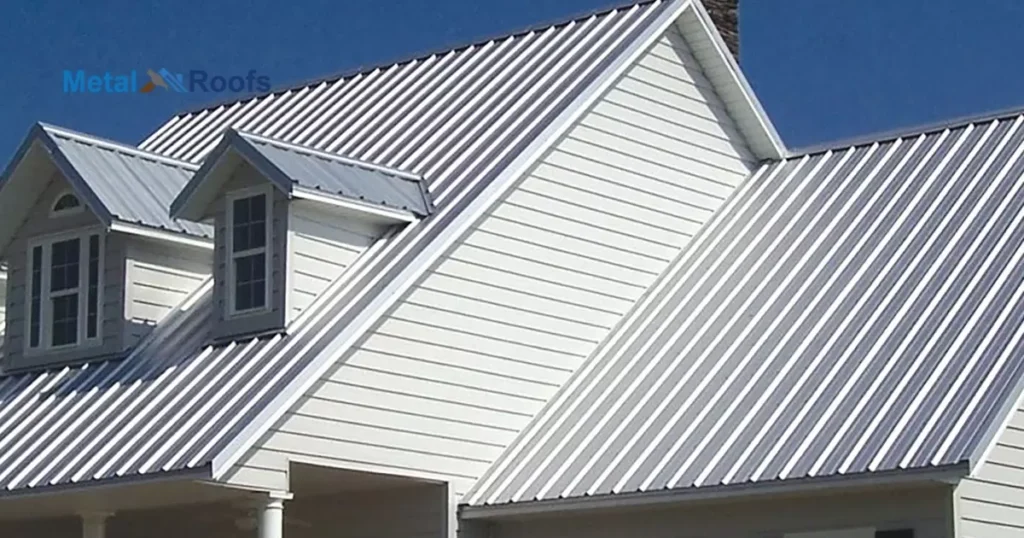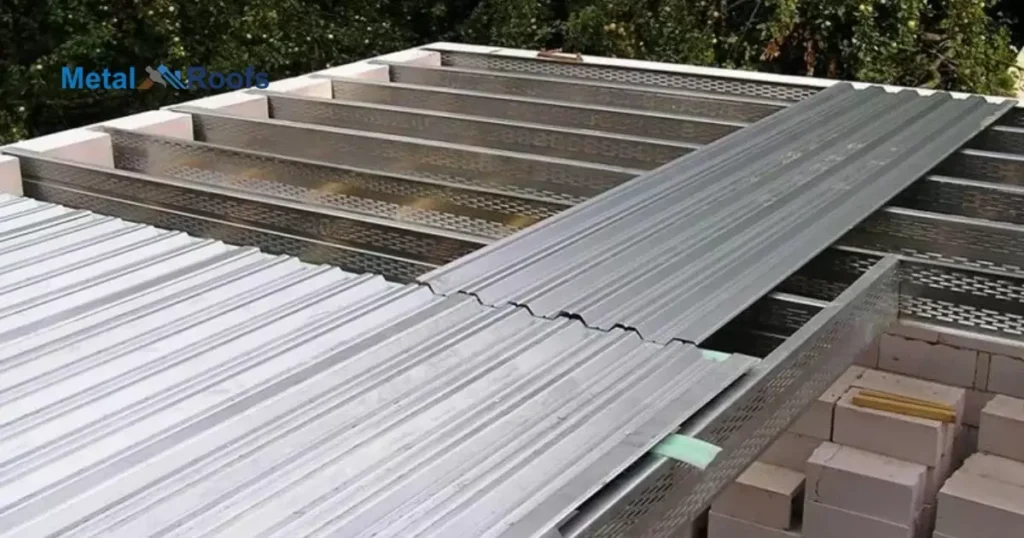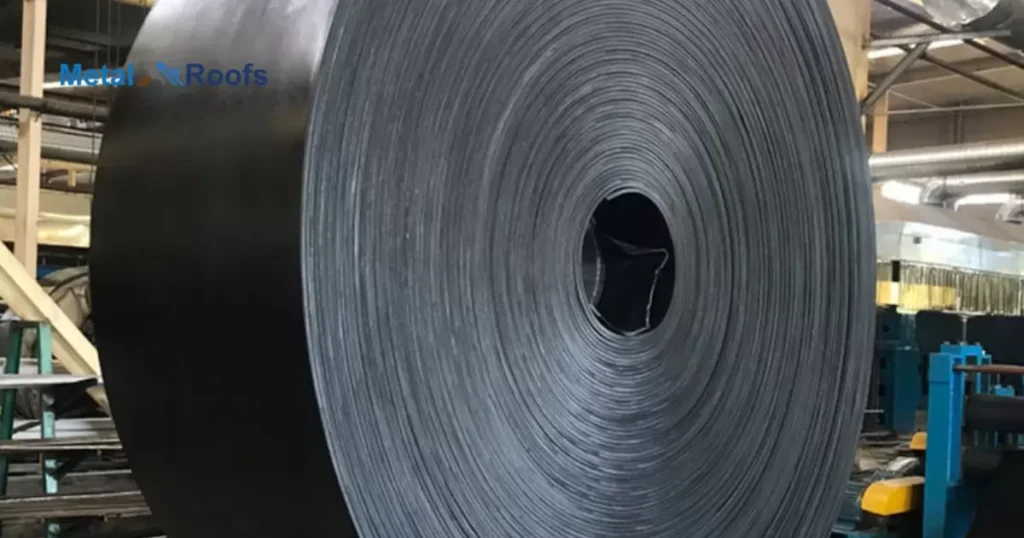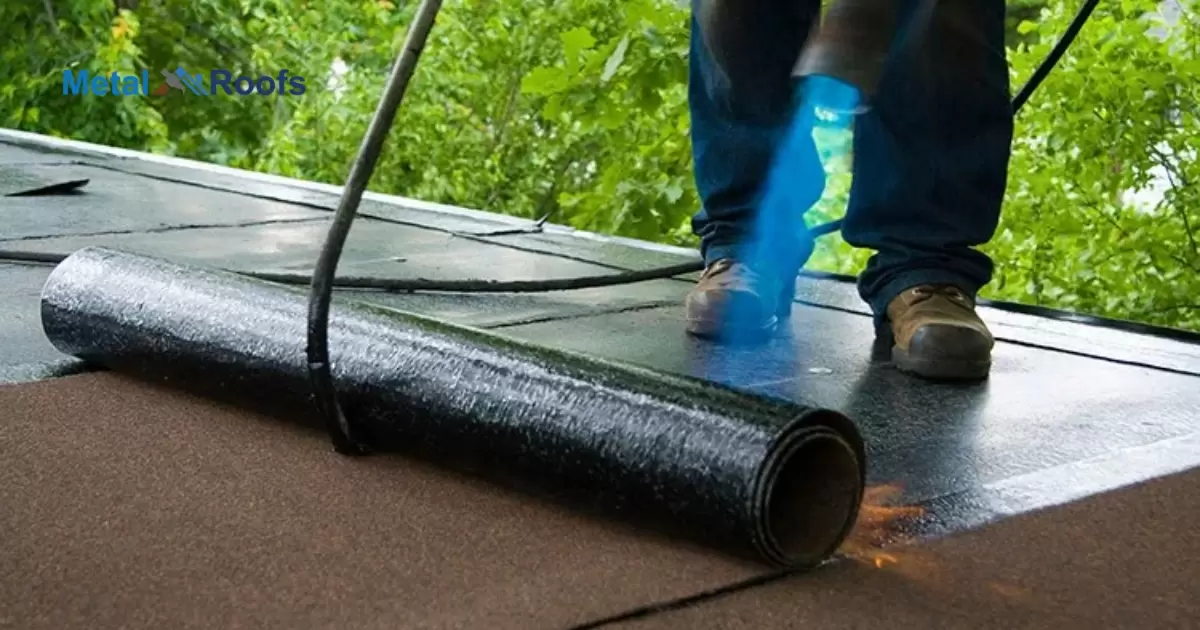Synthetic roofing underlayment can tear more easily than felt, degrade faster from UV exposure leading to cracked shingles, and lack flame resistance unlike some felt products, while also allowing more heat transfer into attics raising energy costs.
Problems with synthetic roof underlayment tears easily. It degrades fast under sunlight. Shingles crack after. It lacks fire resistance. Heat enters the attic more. Energy bills go up. Installing synthetic underlayment brings problems homeowners hate. Consider other durable underlayment types.
Synthetic underlayment saves upfront cost but tears easily, degrades in the sun, and lacks fire resistance. This can lead to shingle cracking and higher attic heat, requiring more air conditioning. These drawbacks outweigh minor savings when considering installing a skylight on a shingle roof.
Key Takeaway
- Potential for absorption and installation complications.
- Safety concerns during installation, especially in wet conditions.
- Some synthetics may hinder roof ventilation.
- Consider the eco-friendliness of synthetic materials.
- Choose high-quality options and follow installation guidelines.
What Is Synthetic Roof Underlayment?
Synthetic roof underlayment is a modern roofing material. It’s a sturdy, waterproof layer installed beneath the visible roof covering. Unlike traditional felt underlayment, synthetic versions are made from materials like polyethylene or polypropylene. This makes them resistant to moisture, providing better protection against leaks.
These underlayments are lightweight and easy to handle, making installation faster. They also offer enhanced durability, as they don’t easily tear or wrinkle. Synthetic roof underlayment is a smart choice for homeowners seeking long-lasting and reliable roofing solutions.
Importance Of Underlayment For Metal Roofing
| Importance | Explanation |
| Weather Protection | Underlayment acts as a barrier against rain, snow, and ice, preventing water from seeping into the roof structure and causing damage. |
| Condensation Prevention | Underlayment helps prevent condensation buildup beneath the metal roofing, which can lead to moisture-related issues such as mold, rot, and corrosion. |
| Thermal Insulation | Certain types of underlayment provide thermal insulation, helping to regulate temperatures within the building and improve energy efficiency. |
| Noise Reduction | Underlayment can dampen the sound of rain, hail, and other external noises, creating a quieter indoor environment. |
Metal roofing requires underlayment for crucial reasons. Firstly, it serves as a protective barrier, preventing water leaks into your home. Without underlayment, rain or melting snow can seep through the metal seams, causing damage over time.
Underlayment enhances energy efficiency by providing insulation, keeping your home cooler in summer and warmer in winter. In essence, underlayment is the unsung hero ensuring your metal roof not only stays watertight but also contributes to a comfortable living environment.
Durability Issues With Synthetic Underlayment For Metal Roofing

Metal roofs need reliable underlayment for durability. Unfortunately, synthetic options face issues. They struggle with longevity, often wearing out faster. This impacts the roof’s ability to withstand harsh weather. Homeowners should be cautious when choosing synthetic underlayment for metal roofing.
Opting for more robust materials ensures a longer-lasting and resilient roof. Synthetic underlayment may lack the breathability essential for moisture control. This can lead to trapped condensation, risking damage to the metal structure over time.
Poor Durability And Its Impact On Metal Roofing
Metal roofs face a durability challenge. Rust eats away at them, shortening their lifespan. This affects their ability to shield homes from weather extremes. Poor durability equals frequent replacements, a costly cycle for homeowners.
A short-lived metal roof means more waste. Landfills bear the burden of discarded metal, harming the environment. In summary, the impact of poor durability ripples from homeowners’ wallets to the broader ecological footprint.
Compatibility With Metal Roofing Materials
Choosing the right materials for your metal roofing is crucial. Metal roofs work well with various materials, ensuring compatibility and durability. Opt for coatings and sealants that complement the metal, creating a resilient combination.
Consider the climate when selecting materials. Metal roofing pairs seamlessly with insulation and underlayment options. This compatibility ensures your roof stands strong against the elements, providing a long-lasting and effective solution.
Moisture And Ventilation Concerns
Moisture inside homes causes problems. It leads to mold and mildew. These can harm your health. Proper ventilation helps. It reduces moisture buildup. Use exhaust fans and open windows. Fresh air is vital. Keep your home healthy and dry.
Condensation is a sign of excess moisture. It happens on windows and walls. Wipe it away promptly. Consider using dehumidifiers. They control indoor humidity. Fix leaks promptly too. A dry home is a happy home. Prioritize good ventilation. It’s an easy win for a healthier living space.
Moisture Trapping And Its Effect On Metal Roofing
Metal roofs face trouble with moisture. Rain or snow can sneak beneath seams. Once in, it rusts. Rust weakens the metal. Weak spots lead to leaks. Leaks bring headaches and costly fixes. Protect your metal roof. Regular checks and maintenance beat moisture at its game. A dry roof is a happy roof.
Consider coatings. Special sealants keep moisture out. Apply them like paint. They create a shield. This shield guards against rust and decay. Simple step, big payoff. Metal roofs last longer. They stay strong against the elements. Invest in protection. Your roof will thank you.
Ventilation Requirements For Synthetic Underlayment With Metal Roofing

When installing metal roofing with synthetic underlayment, ventilation is crucial. Adequate ventilation prevents moisture buildup and ensures durability. Install vents at the eaves and ridges for effective airflow.
Choose synthetic underlayment designed for breathability. This safeguards against trapped moisture, preventing potential damage. Follow manufacturer guidelines to guarantee proper installation, securing a long-lasting and reliable metal roofing system.
UV Damage Risks For Synthetic Underlayment Under Metal Roofing
Metal roofs are tough, but they can team up with the sun to harm synthetic underlayment. UV rays are the culprits, causing underlayment to weaken over time. This isn’t a distant threat it’s a gradual process. Under your metal roof, the synthetic layer is silently battling UV rays.
As time ticks, it loses its strength. Eventually, it’s no match, risking leaks and compromising your roof’s integrity. So, it’s not just metal against weather it’s a UV sneak attack on the underlayment too. Keep an eye out, because what’s underneath matters more than you might think.
Longevity Of Synthetic Underlayment In Metal Roofing Applications
Metal roofs with synthetic underlayment last longer. The synthetic layer protects against water. It adds durability to the roof. This combination ensures a lasting solution. Homeowners benefit from extended roof life.
Synthetic underlayment suits metal roofs. It resists harsh weather conditions. This adds to the roof’s resilience. It’s a wise choice for longevity. Metal roofs with synthetic underlayment endure.
Common Installation Issues With Synthetic Underlayment For Metal Roofing
Installing synthetic underlayment for metal roofing can hit roadblocks. First, ensure proper surface preparation. Skipping this step can lead to adhesion problems. Second, improper fastening poses a risk.
Make sure to use the recommended fasteners and spacing. Lastly, overlooking seams is a common pitfall. Seams must be adequately overlapped and sealed. Addressing these issues ensures a smooth installation process for a durable metal roofing system.
Installing Synthetic Underlayment Under Metal Roofing
When putting up a metal roof, go for synthetic underlayment. It’s a smart move. Synthetic underlayment is like a shield. It protects your home from leaks.
First, prep the roof. Clean it up. Then, roll out the synthetic underlayment. Nail it down. Make it snug. This layer keeps water out. It’s key for a solid roof. So, don’t skip it. Get that underlayment down before the metal goes up. It’s a step that pays off.
Pros And Cons Of Synthetic Roofing Felt

Synthetic roofing felt has its advantages. It’s durable, resisting tears and damage. This material is lightweight, making installation easier. It’s also resistant to mold and mildew, prolonging roof life. It can be pricier than traditional felt.
On the downside, some argue it lacks breathability. This may trap moisture and cause issues. While it’s resistant to rot, it can still wear over time. Cost-conscious consumers might prefer alternatives. In the end, weighing these factors helps make an informed choice for your roofing needs.
Peel And Stick Roof Underlayment
Roofing just got simpler with Peel and Stick Roof Underlayment. No need for complicated installations just peel, stick, and you’re done. This underlayment is a game-changer, especially for DIY enthusiasts. Forget the hassle, enjoy a secure roof effortlessly.
Worried about leaks? Peel and Stick has got you covered. It’s a waterproof shield for your roof, ensuring peace of mind during rainy days. Easy, quick, and effective upgrade your roof with this user-friendly solution.
Frequently Asked Questions
Are flat roofers really roofers?
Absolutely, flat roofers are indeed roofers. They specialize in installing and maintaining flat roofing systems, bringing expertise to a specific niche in the roofing industry.
How long can synthetic roof underlayment be exposed?
Synthetic roof underlayment can be exposed for a short duration during installation, typically up to 30 days, ensuring a swift and efficient roofing process.
Does synthetic underlayment leak?
No, synthetic underlayment doesn’t leak. It provides a waterproof barrier for enhanced protection.
Conclusion
Synthetic underlayment seems affordable. But it lacks durability of felt. It degrades faster in sunlight. Its weak structure causes shingle cracking. Durability issues result in costly repairs later. Paying more for proven alternatives often saves long-term. Consider materials with strength and longevity.
Quality felt underlayments resist degradation. They protect roof investments for decades. Durable options cost more initially. The upfront expense pays off over time. Saving money now risks problems and repairs later. Don’t let lower price outweigh performance. Choose lasting value for roof underlayments.











